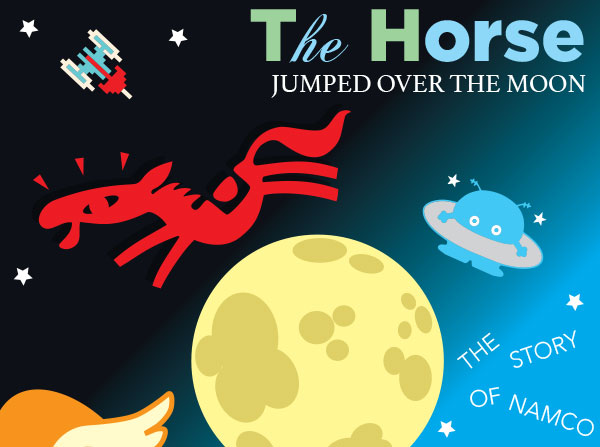
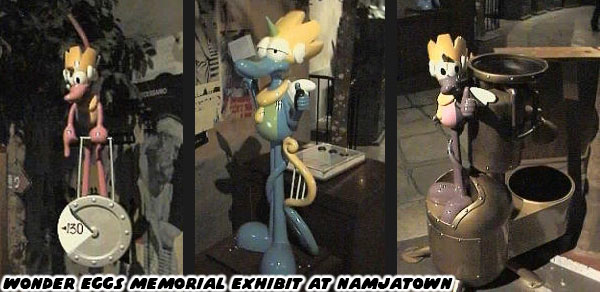
Wonder Eggs 3: Final attraction lineup
1. The Wedding Judge
2. Future Colosseum
3. Carnival Arcade
4. Galaxian³
5. Zombie Coffin
6. Phantomers
7. Cyber Station
8. Tower of Druaga
9. Hotel Murder House
10. Möbius Creek
11. The Star Audition
12. Laperopter
13. Oracle of Pyrallis
14. Pyrallis Carousel
15. Virtual Vehicle
16. Italian Tomato Sweets Sweetie (Dessert House)

18. Greedy Moon (Hamburger Shop)
19. Italian Tomato (Pasta Shop)
20. Wonder Market (Souvenir Shop)
21. Wonder Chapel (Memorial Shop)
22. Wonder Caricature (Portrait Shop)
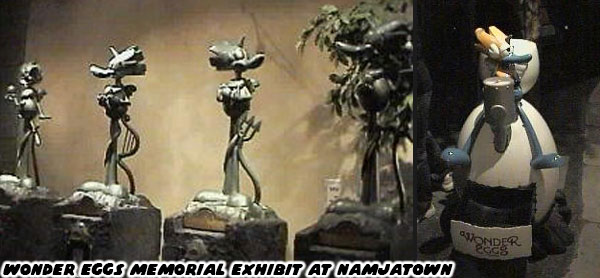
Here was the Egg Empire: Final attraction lineup:
23. Funhouse Express
24. Drift King
25. Q-Zar Arena / The Mummy
26. Cyber Station II
27. Fighter Camp
28. Tomato Empire Kitchen
29. Wonder Pitching
30. Virtual Coaster - Max Flight VR2002
31. SFX Movie Ride - Venturer: Featuring Space Race, Alien Encounter, The Snowman the Ride
Wonder Eggs, and Egg Empire research collected from: Wonder Eggs Guide Map, Namco Graffiti magazine, the book “All About Namco II", NOURS magazine, The Namco Museum, Namco Wiki, Ge-Yume Area 51 Shigeki Toyama Collection, mcSister magazine, first person attraction details from Yoshiki. Event details from Hole in the Socks
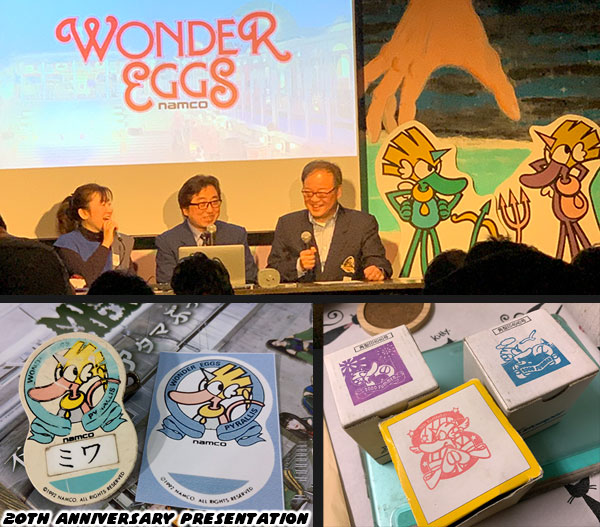
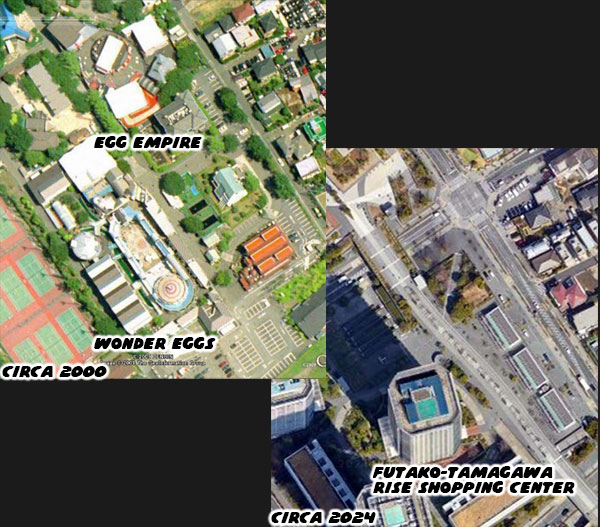
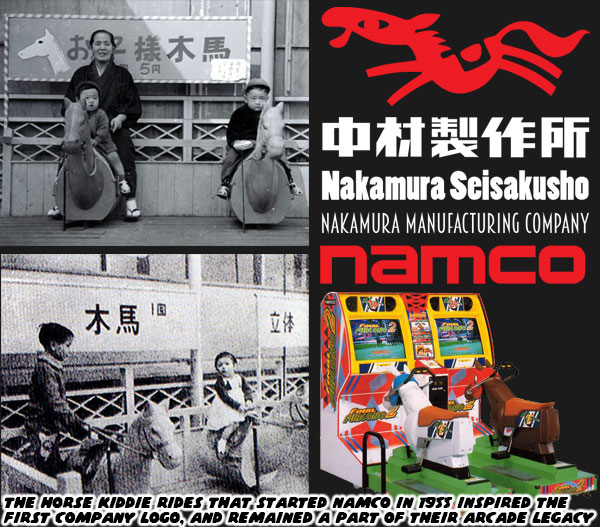
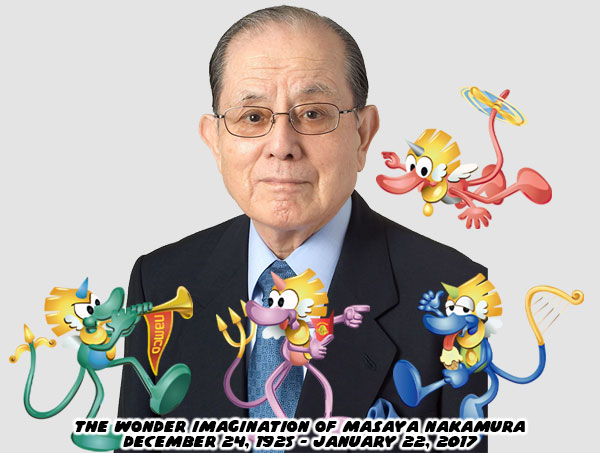
I hope you enjoyed this part of Namco’s history. Did you have a favorite entry in the series, or Wonder Eggs attraction you wanted to try? Please tell me about it in the comments section. As always if you would like to sponsor me please visit my Patreon page and consider donating each month, even as little as $1 would help make better blogs and even podcasts!
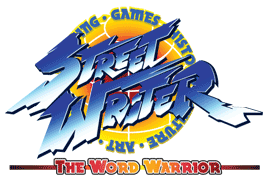
No comments:
Post a Comment